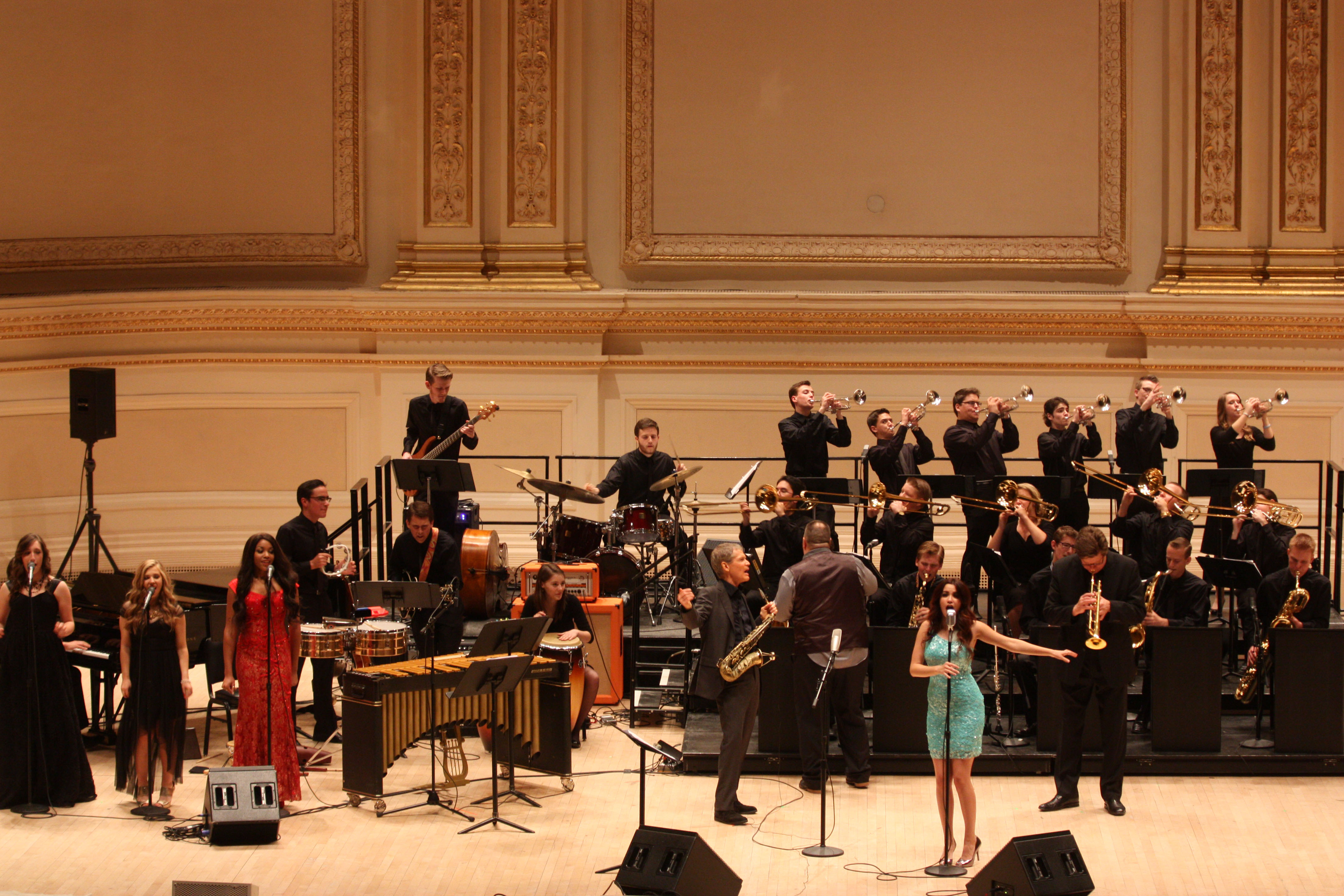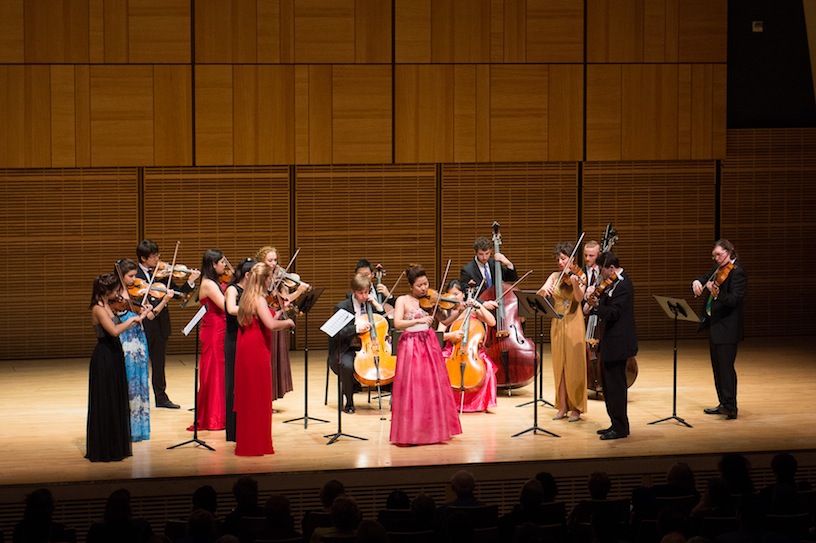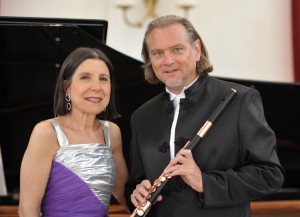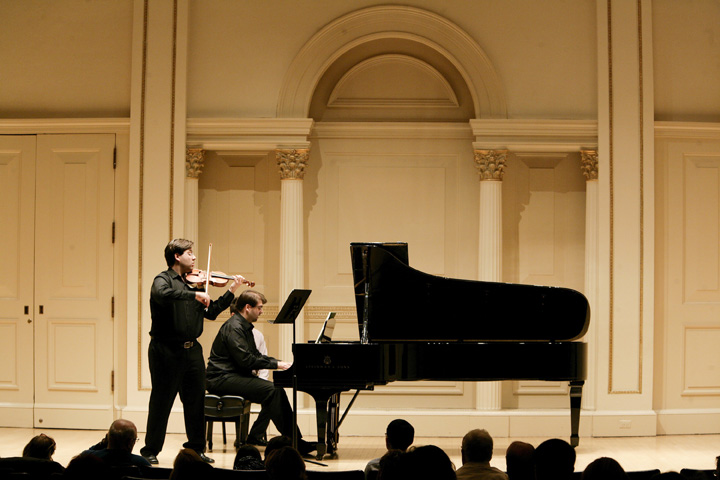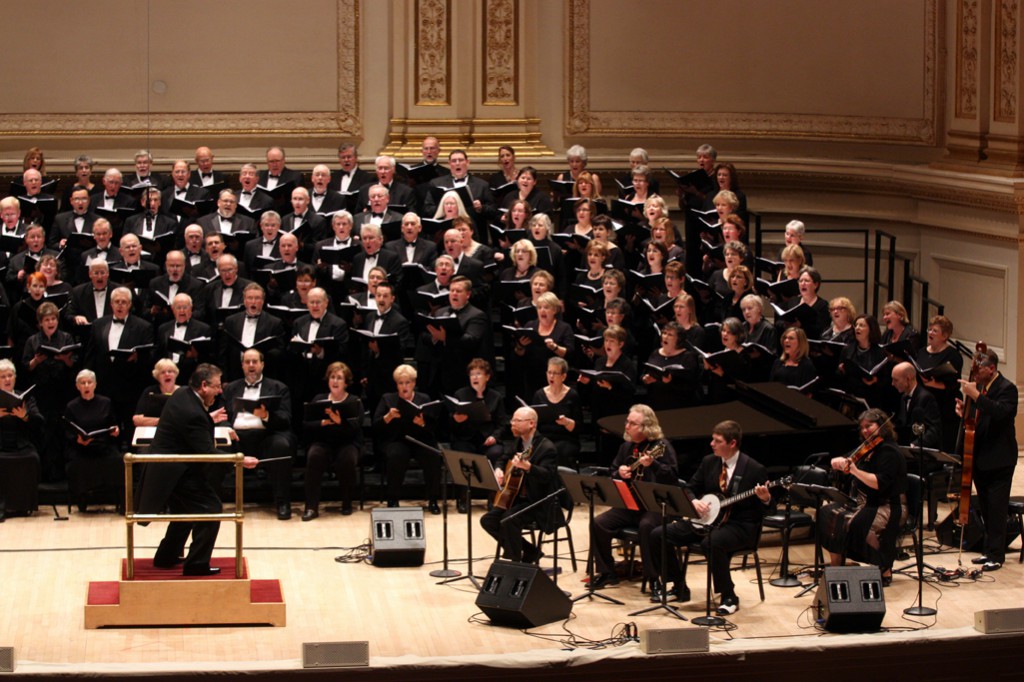Caleb Chapman is a young man in a hurry. Not yet forty years old, he is the Director of eleven ensembles, published author, and award- winning musician. He was invited by Distinguished Concerts International New York (DCINY) to bring to Carnegie Hall his elite Crescent Super Band, The Voodoo Orchestra, and La Onda Caribeña. All three groups consist of players from the ages of fifteen to eighteen in the state of Utah. Special guests David Sanborn, Wayne Bergeron, and Russell Schmidt were also to have featured roles.
Founded in 2001 and with a list of honors a mile long, including countless accolades from Downbeat magazine, ten Best of State awards, product endorsements and sponsors, the Crescent Super Band is, on paper, a very impressive group. I must admit that I was somewhat wary of this build-up. While I am a huge fan of youth concerts and particularly enjoy the big band and jazz styles, I also have high expectations for the same based upon my own performing experiences (from the years 19…uh…well, never mind when!). I would have to wait until the second half to see.
Meanwhile, The Voodoo Orchestra took to the stage to open the night. Any ideas I might have had about this ensemble being a time-filler opening group were immediately obliterated by a super-stylish and slick performance of Spider-Man. I could not believe I was hearing players that were fifteen to eighteen years old! This was playing at a level to rival any professional group. The Voodoo Orchestra takes the best of the 30’s and 40’s big bands swing era and combines it with the cool sophistication and swagger of the Rat Pack. They have the entire package; the “hot” playing, the smooth vocalists, and the choreographed movements of the players with their instruments. Ending their set with a smoking hot world premiere of Brian Setzer’s Hoodoo Voodoo Doll, it was a fantastic start to the evening.
La Onda Caribeña followed with the flavors of Salsa and Latin-tinged jazz. Opening with Hector Lavoe’s and Willie Colon’s Llego La Banda, this ensemble showed that they were the “real deal” as well. Passion, brilliance, supercharged rhythmic vitality, and beguiling vocalists make La Onda Caribeña un grupo ganador. Victor Lopez’s Salsa Caribeña, written especially for La Onda Caribeña is sure to be a signature piece for them. They closed their set and the first half with a scintillating performance of Tito Puente’s Para Los Rumberos.
After intermission, the Crescent Super Band was ready to be unleashed. Just when I thought there was no possible way the bar could get set any higher, it did! I can still scarcely believe that this group is not filled with old established “ringers”, but such incredibly talented youth. If The Voodoo Orchestra and La Onda Caribeña lit the flames, then the Crescent Super Band stoked the flames into an inferno. From the infectious drive of Tightrope, to an ultra-hip arrangement of Paul McCartney’s Can’t Buy Me Love, to Bill Readies “take-no-prisoners” arrangement of Leonard Bernstein in West Side Story Medley, to the deceptively simple charms of Harold Arlen’s Down With Love, the Crescent Super Band could do no wrong. They “burned the place down” with a jaw-dropping performance Louis Prima’s Sing Sing Sing to end the concert. The audience, already worked into a frenzy, sprang to their feet with a well-deserved and prolonged ovation.
Caleb Chapman roamed the stage like a big cat stalking his prey. This hyper-energetic leader would wander into sections of the groups to encourage his players, cajoling them into greatness, then turn to the audience with a “can you believe how amazing these kids are?” expression on his face. He’d adjust microphones for soloists, and then race back to the front to conduct. His energy was like rocket fuel for all; the personnel changes between numbers were always at high-speed, with players running on and off stage. Not satisfied just leading these three groups, he lent his own considerable skills on saxophone as a featured soloist in Victor Young’s When I Fall in Love, which he dedicated to his parents. Now would be a good time to thank Mr. Chapman’s mother for sending him to music camp, instead of soccer camp, as Mr. Chapman related from the stage as he spoke of his parents. Whatever soccer might have lost, music more than gained.
One would be remiss in not mentioning the guest artists. Russell Schmidt joined The Crescent Super Band on the piano in the premiere of his work Percolating, which it certainly was! Wayne Bergeron, well known to the trumpet world from his days with Maynard Ferguson, was a presence with all three ensembles, and as a featured soloist in Horn of Puente, written for him by Gordon Goodwin, with La Onda Caribeña. His playing in the extreme upper register, which trumpet players call “screaming”, continues to amaze. I would imagine it would be inspiring to the young players to play alongside someone who can bust off double high C’s at will! Finally, David Sanborn joined the Crescent Super Band for an unforgettable performance of I Put a Spell on You by Edward Harcourt in an arrangement by John Clayton. In Bang Bang, which followed, a Crescent Super Band saxophonist joined Mr. Sanborn at the stage front. What a thrill it must have been for a young sax player to jam on the stage of Carnegie Hall with the living legend David Sanborn. He more than held his own, and getting a “high-five” from Mr. Sanborn was something this youngster will remember forever.
If I had had my trumpet with me, I would have found a way to get on stage to join in. Luckily for security, I somehow lacked the foresight to bring my instrument with me, but I cannot guarantee that if Mr. Chapman brings his groups back to New York that I will not give in to temptation.
If you ever have the opportunity to hear The Voodoo Orchestra, La Onda Caribeña, the Crescent Super Band, or any group lead by Caleb Chapman, do not hesitate to do so. Do not walk, but run to the box office and get your tickets before they sell out. It is truly the experience of a lifetime.

